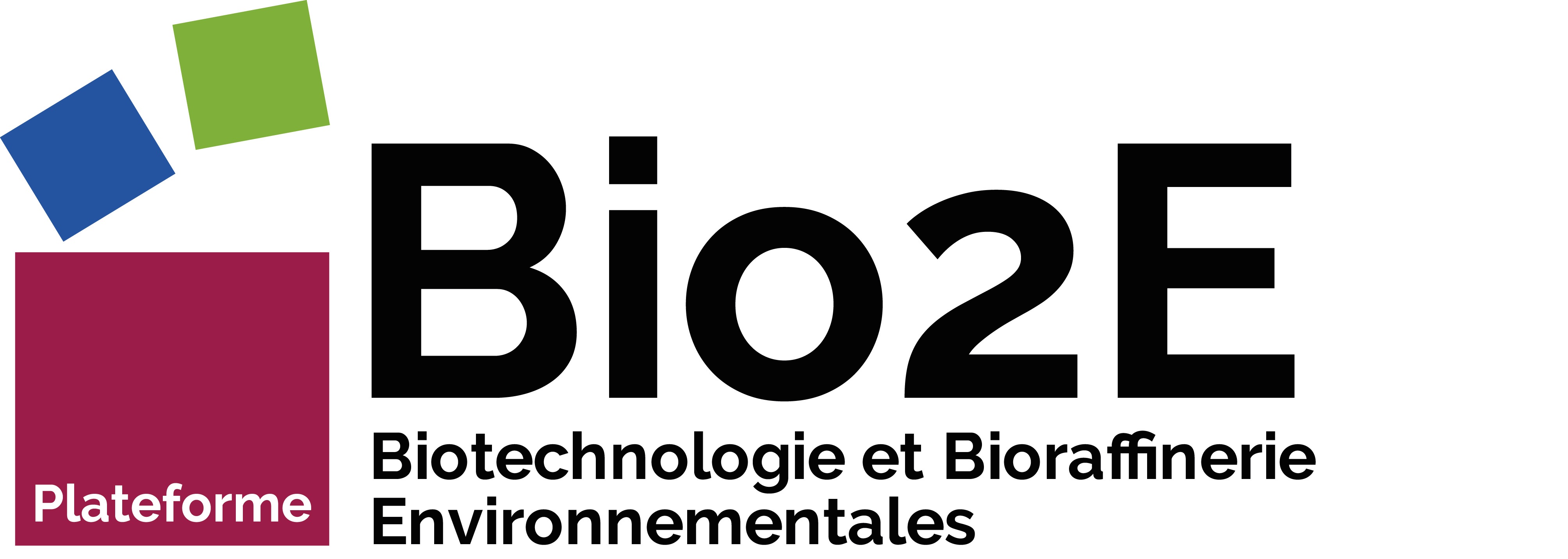New insights on waste mixing for enhanced fermentative hydrogen production
Résumé
Co-fermentation can differently impact H2 production, with positive or negative interactions observed. Positive interactions were usually attributed to a balanced composition and improved buffer capacity. However, the impact of co-fermentation on microbial communities (H2-producing and H2-consuming bacteria) remains unexplored. This work aimed to deepen the interaction mechanisms observed in co-fermentation targeting microbial communities with an innovative focus on H2-consuming bacteria (homoacetogens). The H2 production of seven mixtures (food waste fractions and rye silage) and individual performances were compared by Biochemical Hydrogen Potential (BHP). Final microbial communities were characterized by sequencing and qPCR. A positive correlation between H2 yield and Soluble and Easily Extractible Sugars (SEES) content was observed for all the substrates (R2 = 0.79), confirming this correlation not only for individual substrates but also mixtures. Positive interactions were observed for most of the mixtures, with a H2 yield significantly higher (16-37 %) than expected. The faster H2 production observed in mixtures (2.6 times faster) was correlated to the selection of Clostridiaceae_1 family (final relative abundance of 90-98 %) and decline of homoacetogens. It is therefore essential to further understand the microbial communities' dynamics in co-fermentation to develop efficient fermentation systems.
| Origine | Publication financée par une institution |
|---|---|
| licence |



